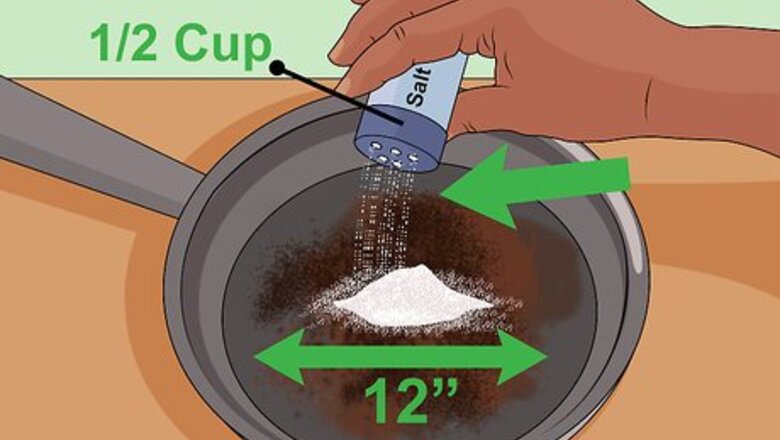
views
Using Salt
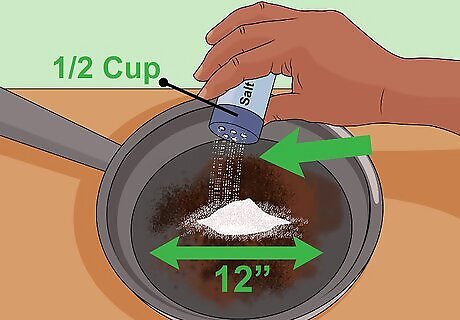
Sprinkle salt on the cast iron. The precise amount of salt you need varies depending on the size of your pan. Sprinkle salt to the point the surface of the cast iron is covered in a somewhat thick layer. For example, about half a cup of salt would be used for a 12 inch cast iron pan.
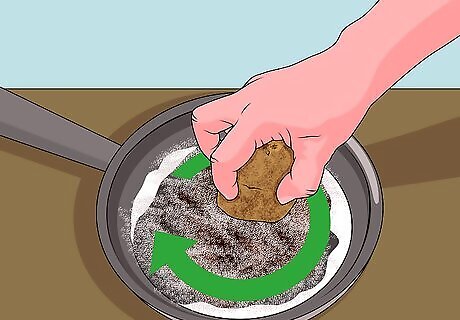
Scrub the pan with a potato. Cut a potato in half. The potato will be coarse enough to rub away rust as you rub the salt into the cast iron. Place it on the cast iron cut side down and scrub the salt in to remove rust. Use a great deal of pressure as this will help scrape off the rust. Rub the potato in a circular motion. If you're scrubbing something like a pot or pan, do not forget the sides and bottom.
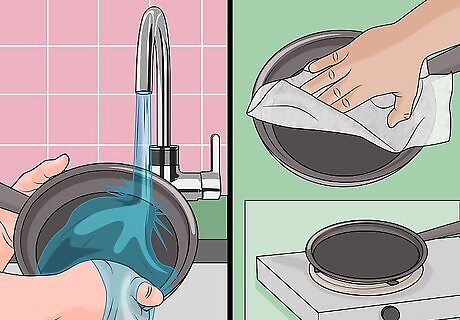
Rinse and dry your pan. Once you've scraped away the rust, rinse your pan under the faucet. Get out any remaining traces of salt and potato. Immediately pat dry your pan with paper towel. Then, place your pan on the stove over low heat. This will help get rid of any lingering moisture. It's very important to dry your pan off immediately. Water causes rust with cast iron pans, and if you leave your pan wet it will just get rusty again.
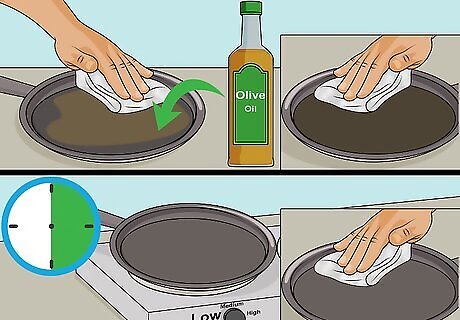
Re-season your pan. Unfortunately, removing rust removes the seasoning of a cast iron pan. After treating it with salt, apply a small amount of vegetable or olive to the pan using a paper towel. Then, take a clean paper towel and remove any excess oil. Place your pan over low heat for about 30 minutes. This should re-season the pan. Blot off any excess oil after removing your pan from the heat and storing it.
Using Vinegar
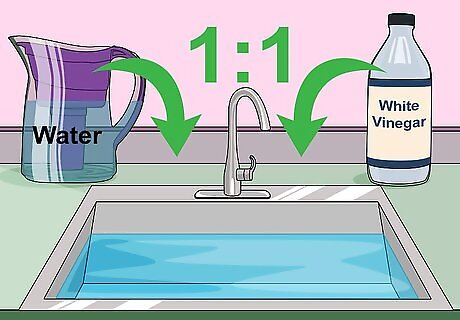
Mix equal parts white vinegar and water. Vinegar can help remove rust from a pan that's very damaged. Make a mixture of equal parts white vinegar and water. The precise amounts you need depend on how big the piece of cast iron is. Use enough white vinegar and water so you can fully submerge the pan. Mix the white vinegar and water where you want to soak the pan, such as the sink or the bucket.
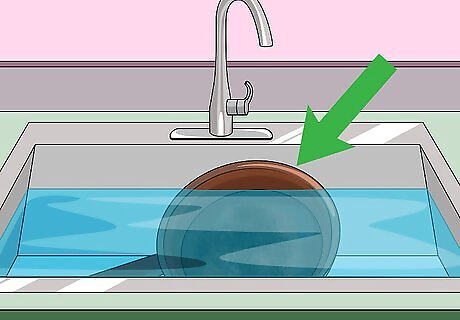
Soak the pan. Make sure the entire piece of cast iron is submerged in the mixture. Place the cast iron pan into your sink or bucket. You can let it soak until the rust is removed.
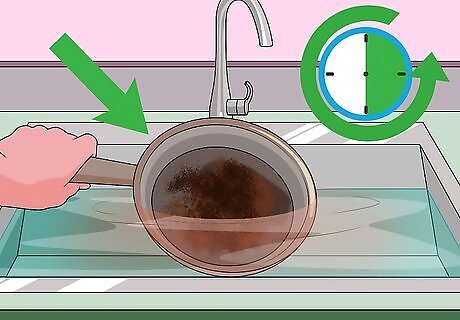
Check the pan regularly as it soaks. How long a pan needs to soak varies. Cast iron should not be soaked for more than eight hours, but depending on the level of rust you may want to remove it sooner. Check the pan every half hour or so. Remove it as soon as the rust has dissolved. If you leave the pan in the vinegar after the rust dissolves, the vinegar will eat away at the cast iron itself.

Wash the cast iron. After removing the cast iron from the vinegar, wash it right away. Scrub your pan with mild detergent and soapy water to remove any lingering vinegar residue. Use a gentle scrub brush or sponge. Rough sponges can damage cast iron.
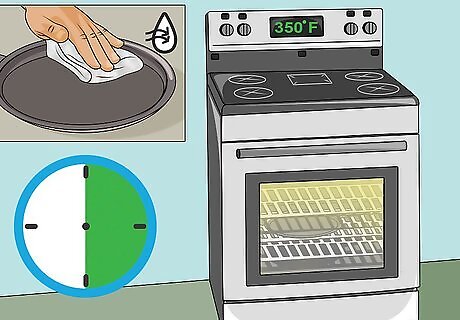
Place the cast iron in the oven. Pat the cast iron dry right away with a cloth or paper towel. Then, place it in a warm oven for about half an hour. This should remove any excess water.
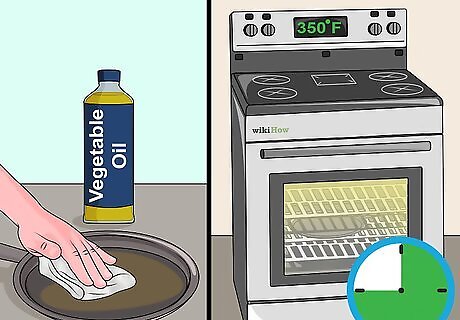
Re-season your pan. As soaking the cast iron removes the seasoning, re-season the pan after removing the rust. Rub the cast iron down with an oil like vegetable oil. Then, place the cast iron in the oven at 350 degrees Fahrenheit. Let it bake for about 45 minutes to an hour.
Maintaining a Rust-free Pan
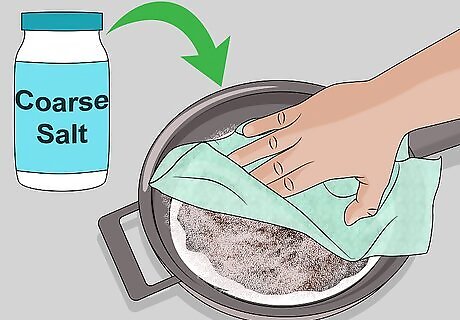
Clean the pan correctly. Poor cleaning techniques can cause a cast iron pan to rust. You should never soak it in water. Clean it immediately after using it with coarse salt to remove set in food. Unless the pan is very dirty, avoid washing it with soap and water. Dry the pan completely after washing.
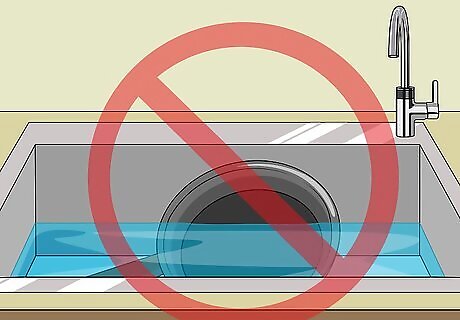
Keep the pan dry. Make sure not to let your pan get wet. Never soak cast iron in the sink or put it in the dish washer. Cast iron will rust if you allow it to get wet.
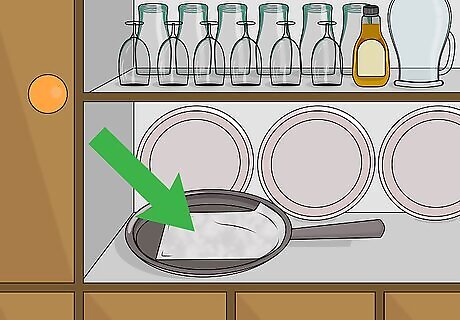
Store the pan safely. Store your pan away from water to prevent rust. Place a paper towel in the pan when you store. This will keep the pan free of dust, minimizing how often it needs cleaning.













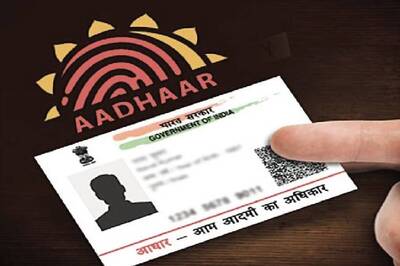





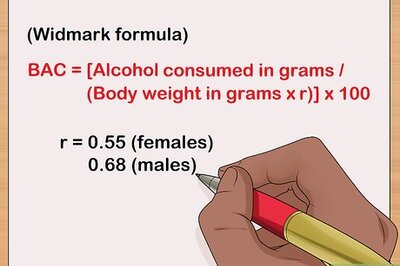
Comments
0 comment